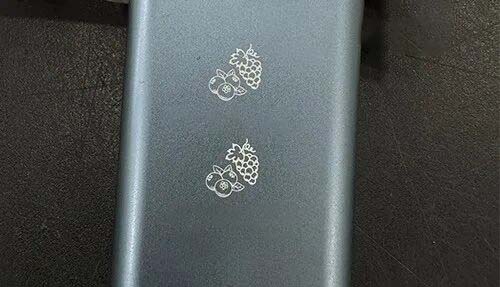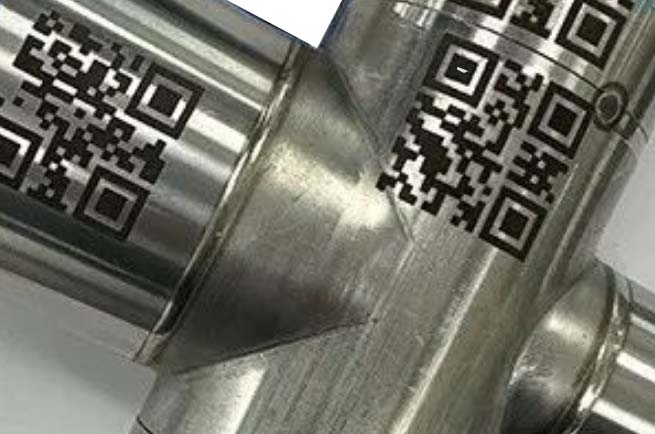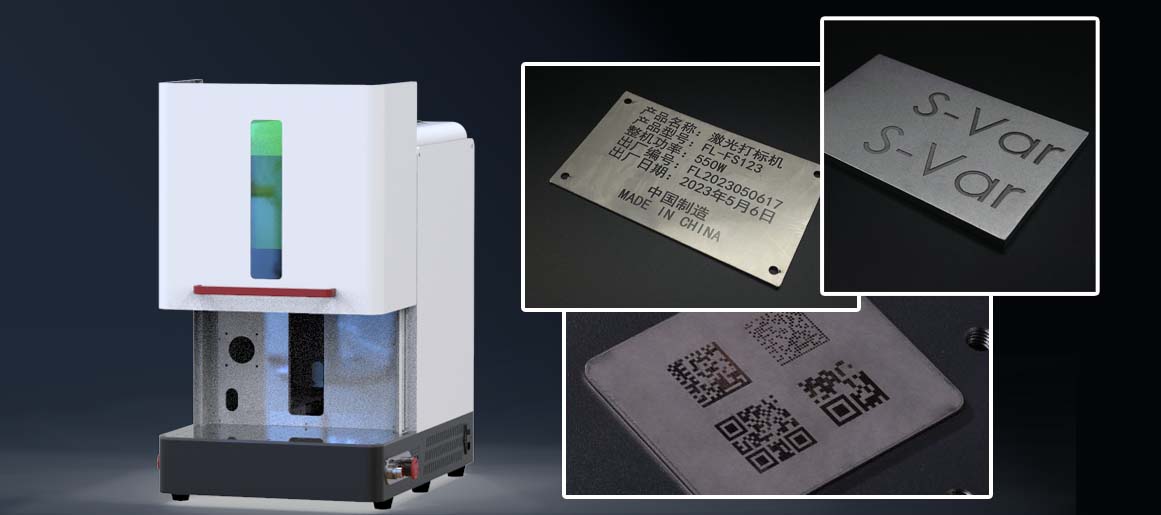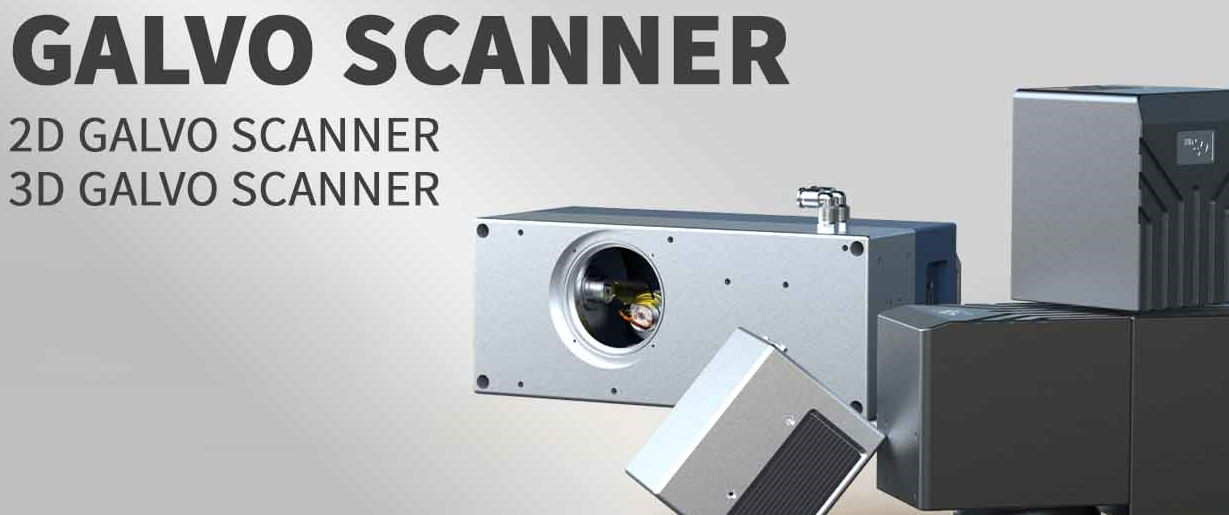
In the field of metal processing, hardware manufacturing, and industrial components, laser marking machines have become indispensable tools thanks to their high precision, durability, and efficiency. One of the most common questions customers ask is: How large can a laser marking machine mark on metal surfaces?
The effective marking range of a metal laser marking machine is not fixed — it depends on multiple factors, including the type of machine, F-theta lens focal length, and application scenario. Generally, the marking area ranges from a few millimeters to several meters, meeting diverse industrial marking requirements for both small and large metal parts.

Standard Marking Ranges for Metal Laser Marking Machines
For most small to medium-sized laser marking machines, which are widely used in industrial production and small manufacturing, the typical setup includes 20W–100W fiber laser sources with standard F-theta lenses of 100mm, 160mm, or 210mm focal lengths.
A 100mm×100mm marking field is ideal for stainless steel cutlery, allowing for clear branding logos and serial numbers.
A 50mm×50mm marking field provides ultra-high precision (up to 0.1mm) for electronic components such as pins and metal connectors.
A 150mm×150mm field offers a balanced solution for general metal tags, tools, and product labeling.
Large-Area Metal Marking and Dynamic Focus Systems
For larger metal components — such as metal plates, machine housings, or container parts — large-format laser marking machines are preferred. By equipping long-focus F-theta lenses (300mm–400mm) or dynamic focusing systems, the effective marking area can be expanded to 300mm×300mm, 500mm×500mm, or even 1000mm×1000mm and above.

For instance:
In automotive frame marking, a 500mm×500mm area can mark full VIN codes and manufacturing data in one pass, improving efficiency.
In metal signage production, over 1-meter marking ranges allow for full-panel engraving without visible seams.
Dynamic focusing systems automatically adjust the laser focal length to maintain a consistent spot size and marking precision across large surfaces, ensuring edge-to-edge accuracy even in big marking fields.
Balancing Marking Range and Precision
It’s important to note that a larger marking range doesn’t always mean better results. When the marking field expands, laser focus uniformity may decrease slightly. For users requiring micron-level precision (0.05mm), it’s recommended to use machines with auto-focus or dynamic Z-axis modules.
Additionally, equipment with adjustable lifting platforms, XY stages, or rotary axes can help increase the working area by changing the position or height of the workpiece. For example, during 360° cylindrical marking on metal cans or pipes, the rotary axis enables full-surface marking without manual repositioning.
Choosing the Right Metal Laser Marking Solution
In summary, the marking range of a laser marking machine on metal can be flexibly configured — from 50mm×50mm precision engraving to over 1000mm×1000mm large-scale marking. When choosing a machine, it’s crucial to consider the workpiece size, marking precision, and production efficiency required, along with lens configuration, motion platform, and focusing system.
At JCZ, we offer a complete range of fiber, CO₂, and UV laser marking machines with customizable F-theta lenses, galvo scanners, and motion control systems. Our solutions are optimized for metal engraving, logo marking, serial number etching, and industrial traceability — helping global manufacturers improve production accuracy and marking consistency.
Whether you’re marking steel, aluminum, copper, or titanium, our professional laser systems deliver high-speed, high-contrast, and permanent marking results that ensure your brand and components stand out.







